
Registration


Nordic Walking encourages greater daily physical activity among women compared to other exercise forms. While different activities help maintain functional fitness, combining gymnastics and water activities may be particularly effective in preserving fitness levels with age.
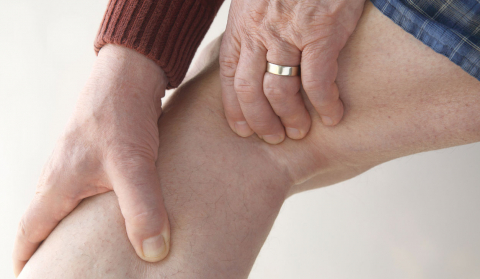
Strength and endurance training improve walking distance and muscle strength more effectively than treadmill or Nordic Walking training in patients with stasis chroma. However, all rehabilitation programs studied had a positive impact on endurance and muscle strength.
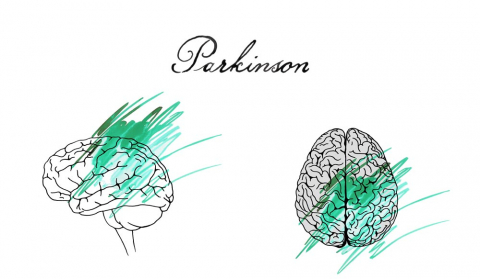
Nordic Walking improves dynamic gait stability in Parkinson’s disease by providing rhythmic external cues through upper body movement. After three practice sessions, patients showed enhanced stride length, gait speed, and temporal gait organization, suggesting Nordic Walking as an effective strategy to manage gait disorders in Parkinson’s disease.

Nordic Walking (NW) offers significant physiological and psychosocial benefits for cancer patients, particularly in managing cancer-related fatigue and pain. By engaging both the upper and lower body, NW increases oxygen consumption and energy expenditure while maintaining low perceived exertion, potentially improving adherence to exercise programs. It may be an effective intervention for enhancing physical fitness during radiotherapy, though further research is needed.
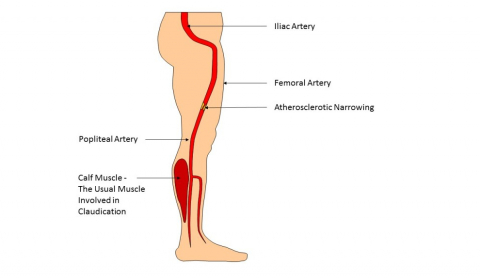
A 12-week home exercise programme (HEP) augmented with Nordic Pole Walking (NPW) significantly improved walking distance, speed and quality of life in people with stopping chrome, with excellent long-term compliance (98% at 12 months). The NPW group showed better improvement compared to normal walking, with lower costs and better adherence than many supervised exercise programmes. These results support further research comparing NPW-based HEP with traditional supervised exercise programmes.
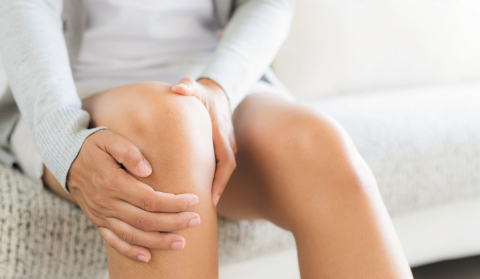
A study on 34 patients with medial knee osteoarthritis and varus alignment found that walking poles do not reduce knee adduction moments or medial compartment loads. While individual technique may influence results, walking poles should not be recommended based on the assumption that they decrease knee joint loading in these patients.

A study on community-dwelling elderly in a day service center examined the effects of pole walking on physical fitness, posture, and quality of life (QoL). Over three months, the pole walking group showed improved QoL scores, while the control group experienced a decline in mobility. However, no significant changes in physical function were observed due to the intervention.

A feasibility study on Nordic walking for women with aromatase inhibitor-associated arthralgia (AIAA) found high adherence (>90% supervised, >80% independent) and no serious adverse effects. Over 12 weeks, pain decreased, and activity levels increased in both the intervention and control groups, indicating Nordic walking is a safe and acceptable exercise option.

A study evaluated the effects of structured Nordic Walking training in women with type 2 diabetes. Twenty participants (aged 40–65) were randomized into a Nordic Walking group or a control group receiving physical activity counseling. The study assessed anthropometric, metabolic, and bioelectrical changes pre- and post-intervention, with a 6-month follow-up. Nordic Walking proved to be an accessible and effective exercise option for diabetes management.

A randomized controlled trial examined the effects of Nordic Walking on rehabilitation for patients with acute coronary syndrome (ACS) and peripheral arterial occlusive disease (PAOD). Over four weeks, 42 patients were divided into a Nordic Walking group and a walking group without poles. The study found that Nordic Walking was more effective in increasing walking distance on the 6-minute walk test, suggesting its potential benefits for cardiovascular rehabilitation.
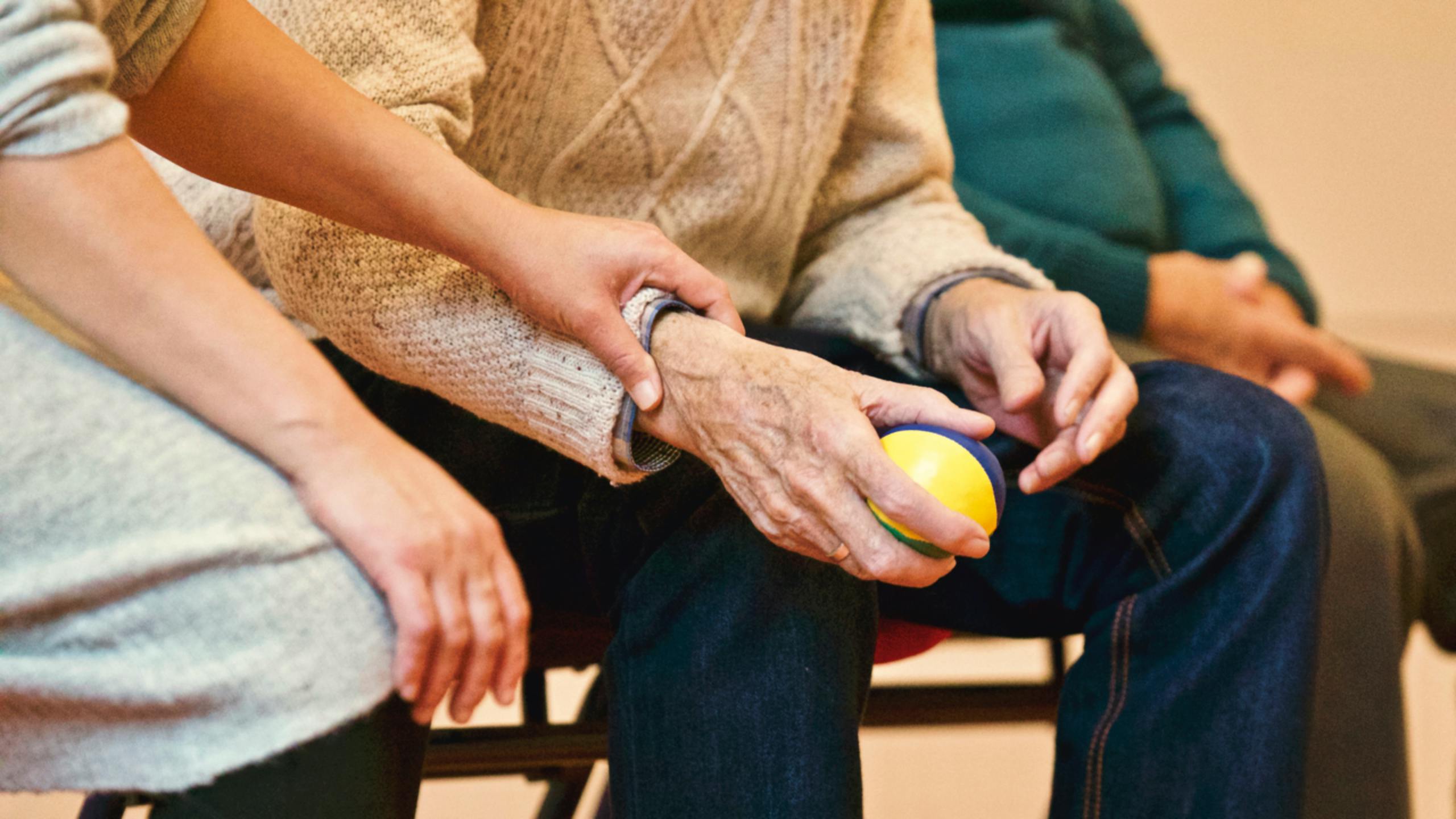
The study evaluates the effects of intensive Nordic walking on balance and gait in people with Parkinson's disease in a randomized, controlled pilot project.

A 12-week Nordic walking program improved walking distance and insulin resistance in elderly women, with greater benefits observed in those with elevated gamma-glutamyl transferase (GGT) levels.
© 2024 onwf.org | Original Nordic Walking from Finland